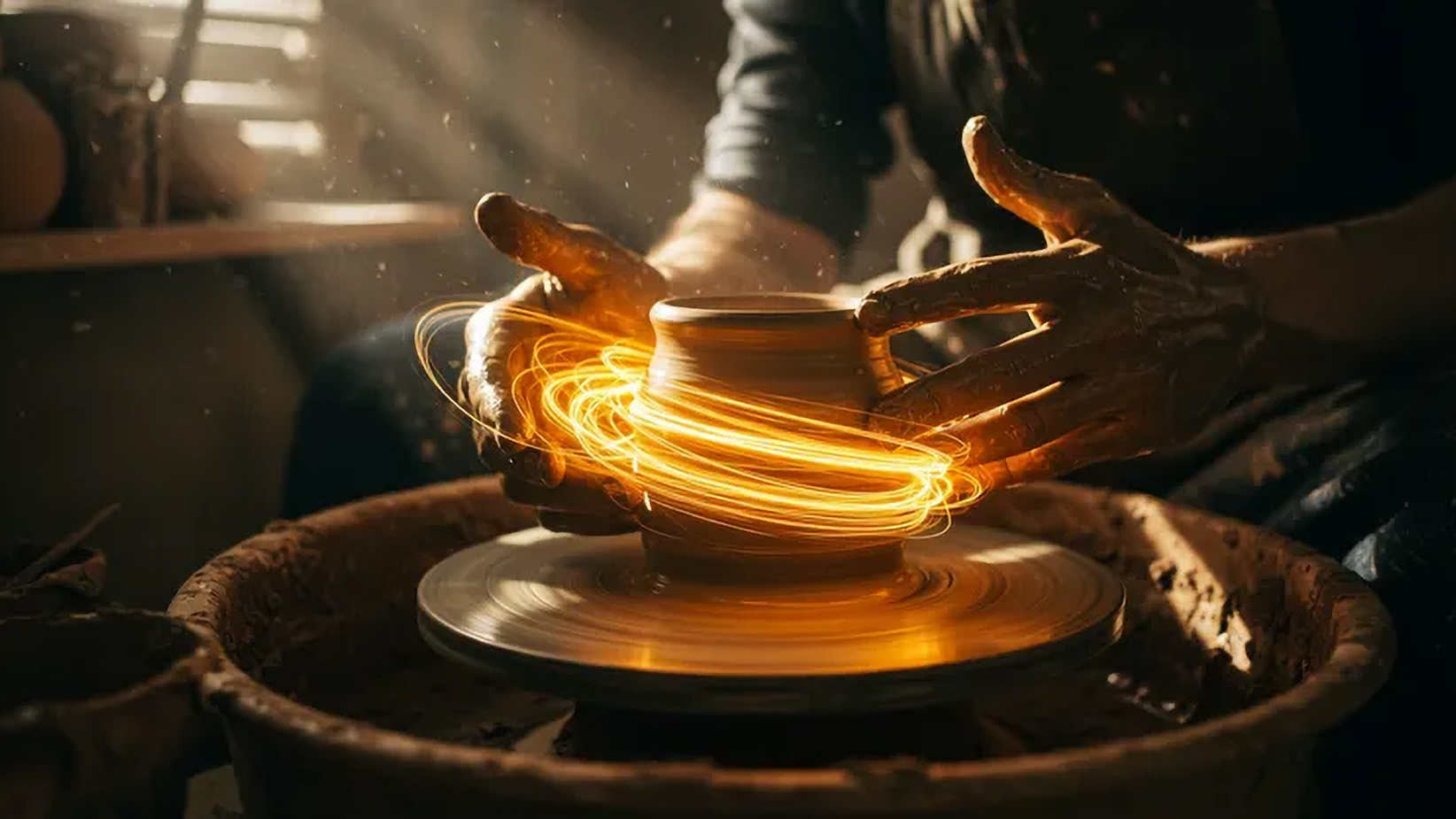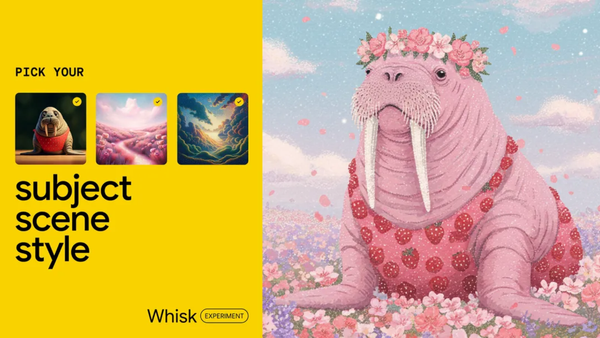
Google is testing an update to Veo, a generative AI video platform, that would give the software the ability to replicate specific lenses and cinematic effects. In a blog post this week, Google shared a peek at Veo 2 rolling out to Google Labs alongside an updated Imagen 3 generative image platform and an experimental program called Whisk that uses AI to combine elements from multiple images.
The week’s announcements are already rolling out to some users through Google Labs, the company’s platform for testing experimental software. The Veo 2 generative AI model can be tested inside of VideoFx on Labs, while Imagen 3 testing rolls out to ImageFX and Whisk is a standalone experiment.
Veo 2 video generator understands industry jargon
In a blog post, Google says that Veo 2 “understands the unique language of cinematography.” For example, the company explained that users could ask for an “18mm lens” and the software would deliver a wide angle view. Google notes that the program can also understand terms like a “shallow depth of field,” as well as instructions for camera movements and framing.
Google says that Veo 2 also improves on its understanding of real-world physics – which, as a viral generated gymnastics video recently demonstrated, is a key challenge for generative AI. The company says that the software also better understands human movements and expressions while also reducing unnecessary details such as extra fingers.
Like the original Veo, videos generated by the AI will be embedded with SynthID, a sort of invisible watermark that flags the file as AI-generated. The SynthID tag, while not visible on the video itself, allows other software to flag the video as AI-generated.
The beta software is capable of generating footage up to 4K and “minutes” in length Google says. Both specifications are notable, as competitor OpenAI Sora is limited to FullHD videos up to 20 seconds long.
The updated AI generator is rolling out to early beta testers through Google Labs and VideoFX. But, Google expects that the generative AI software will roll out to YouTube Shorts as well as other products as soon as next year.
Google's Whisk uses AI to create images from reference images
Google also announced Whisk, an experimental AI that lets users upload multiple images to generate a remix. Users upload a photo of the subject, the scene, and the style, as well as writing text prompts and the software will create something new from the reference photos and text.
The ability to mix multiple images together to create a new file could raise copyright concerns among visual artists, building on existing concern over generative AI among creatives.
Google says the experimental software combines Imagen 3 and Gemini in order to understand what’s in the images and text. As an experimental software, it’s launching first to Google Labs and is initially only available for testing in the US.
Google's Imagen 3 image generator is becoming more realistic

Google’s generative still image AI also saw newly announced features this week. Imagen 3, Google says, produces images that have better composition than the predecessor, as well as generating more styles.

That style list includes photorealism and, Google notes, the AI is capable of generating more realistic details and textures. Textures are traditionally challenging for AI systems; lack of texture is often one of the signs that an image is generated rather than photographed. Google also says the updated software has better prompt understanding.
Imagen 3 is rolling out to testers through Google Labs.
You may also like
For more on generative AI, read our list of the best AI image generators, our guide to AI image software, or learn how to tell if an image was generated by AI.










